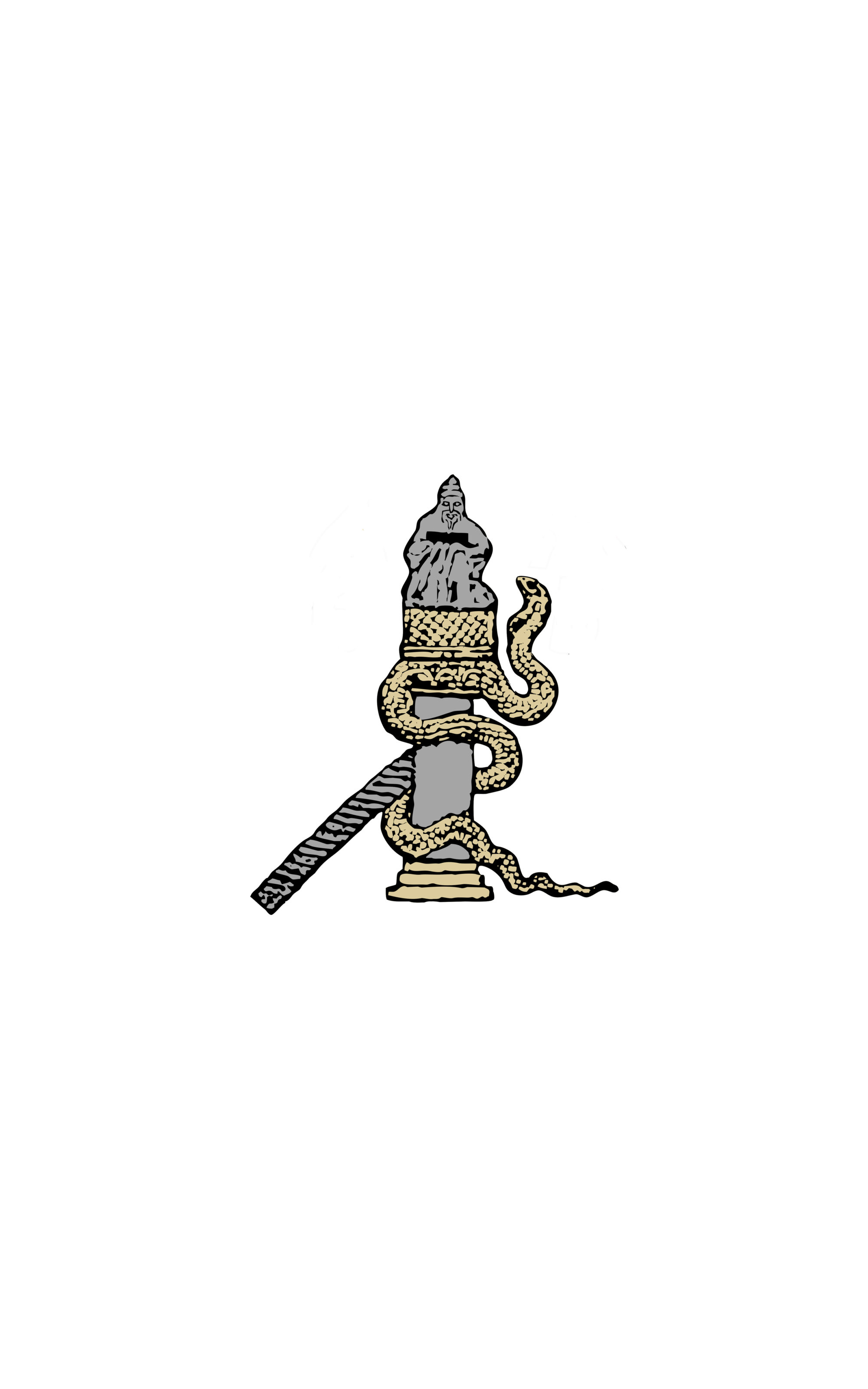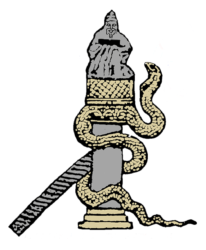Social relations and economic situation in Constantinople during the siege of Bayezid I (1394-1402).
Christos Malatras (Université de Birmingham)
The economic life of Constantinople was greatly affected by Bayezid’s prolonged siege. Famine, poverty, malfunction of commerce and, as a result, a major exodus of the populace from the besieged City. In addition, the siege seems to have accelerated certain processes present in Byzantine society during the late 14th century. The old aristocrats having lost most of their lands outside the walls of Constantinople were left in possession of small plots of land and houses within Constantinople, which now they were compelled to sell in an attempt to pay off debts and feed their families. However, some of them proved more clever. They invested their property in trade and other similar economic activities and many were able not only to preserve their property, but also to enrich themselves. It is here that we may observe social ascent of individuals from the mesoi or from lower aristocracy to the elite of the empire.
The mesoi, who until recently were seen as unimportant and reduced to the status of lower classes after the second civil war, in fact they continue to operate and some of them have properties much higher than some aristocrats. On the other side, the “civil aristocracy” was severely hit after the second civil war and the subsequent shrinkage of the state apparatus. Many prominent families are lost from our sources during this time. Research on this subject is aided greatly by the documents that have been preserved from decisions of the patriarchal court of Constantinople. Their number increase significantly during the siege; hundreds of individuals are named on them and their dealings with the court provide us with valuable information about the relations between them and their social and economic status.

